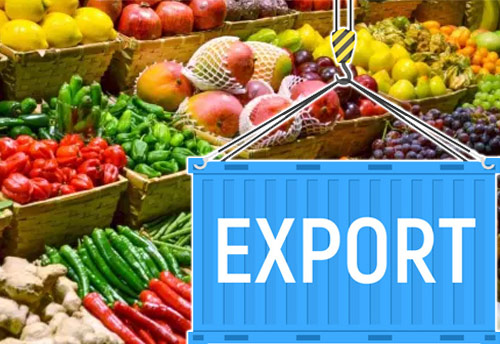



Article by: Hari Yellina
In the first weeks of March, the unusual rain and storm events in south east Queensland continued to have an impact on beef processing, output, and exports. Because of road and rail closures, product could not be cleared from plants to the Port of Brisbane, which had to close due to silting and sunken objects posing a threat to shipping. However, by the second weekend of March, the port had loaded a significant number of containers, and processors were moving livestock and product through the system, albeit not at optimal levels.
During the rain incident, cattle tempted out by the extraordinarily low rates offered in February began to back up, indicating that Queensland processors were well-positioned for kill stock for the rest of the month. As a result, interest rates began to decline. By the end of the month, the supply situation had improved significantly, particularly for facilities in the state’s north and south east, and other difficulties such as COVID absenteeism, rising freight prices and shipping delays, and a rising Australian currency had taken centre stage. In light of this, March beef exports increased to 74,384 tonnes, a considerable increase over February’s 59,000t.
However, while the trend was positive, the outcome was still 9000t, or 11% lower than March last year, and the lowest March tonnage in at least the last ten years. Nonetheless, it has boosted export activity to levels last seen in the second half of 2021, and all major markets have benefited as a result. Market leader In March, Japan sent 20,083 tonnes, up from 16,000 tonnes in February, and accounting for a staggering 27 percent of the total for the month. Part of the reason for the rise was probably related to the timing of the product’s clearance through Japan Customs after April 1 in order to take advantage of the CPTPP’s next wave of tariff reductions.
China came in second with 13,483 tonnes, up from 11,500 tonnes in February, and close to the best since the political relationship worsened in mid-2020 and arbitrary suspensions were imposed. Korea was next, with 13,187t, while the United States, with 11,142t, surpassed the five-figure mark for the first time this year. It’s worth noting that one prominent multi-site processor believes that many of the cattle processed in March and early April have been pulled forward with rate, implying that a pinch point is likely in the near future. Due to the fact that there are only 18 working days in April and reports that supplies through Easter and in some cases out to the end of the month, this may not appear.
In this regard, recent events in China are not encouraging, and an increasing number of persons are reporting re-infection just weeks after recovering from an initial infection. Another issue is the availability of male grass-fed cattle. This class of cattle has been turned off as heavy feeders due to high prices, and economic reasoning would suggest that a large increase in heavy steer numbers, followed by a significant drop in feeder rates, is required before any numbers are kept over to finish on grass once more.